Forget-Me-Not Companions: Plants That Grow With Forget-Me-Nots
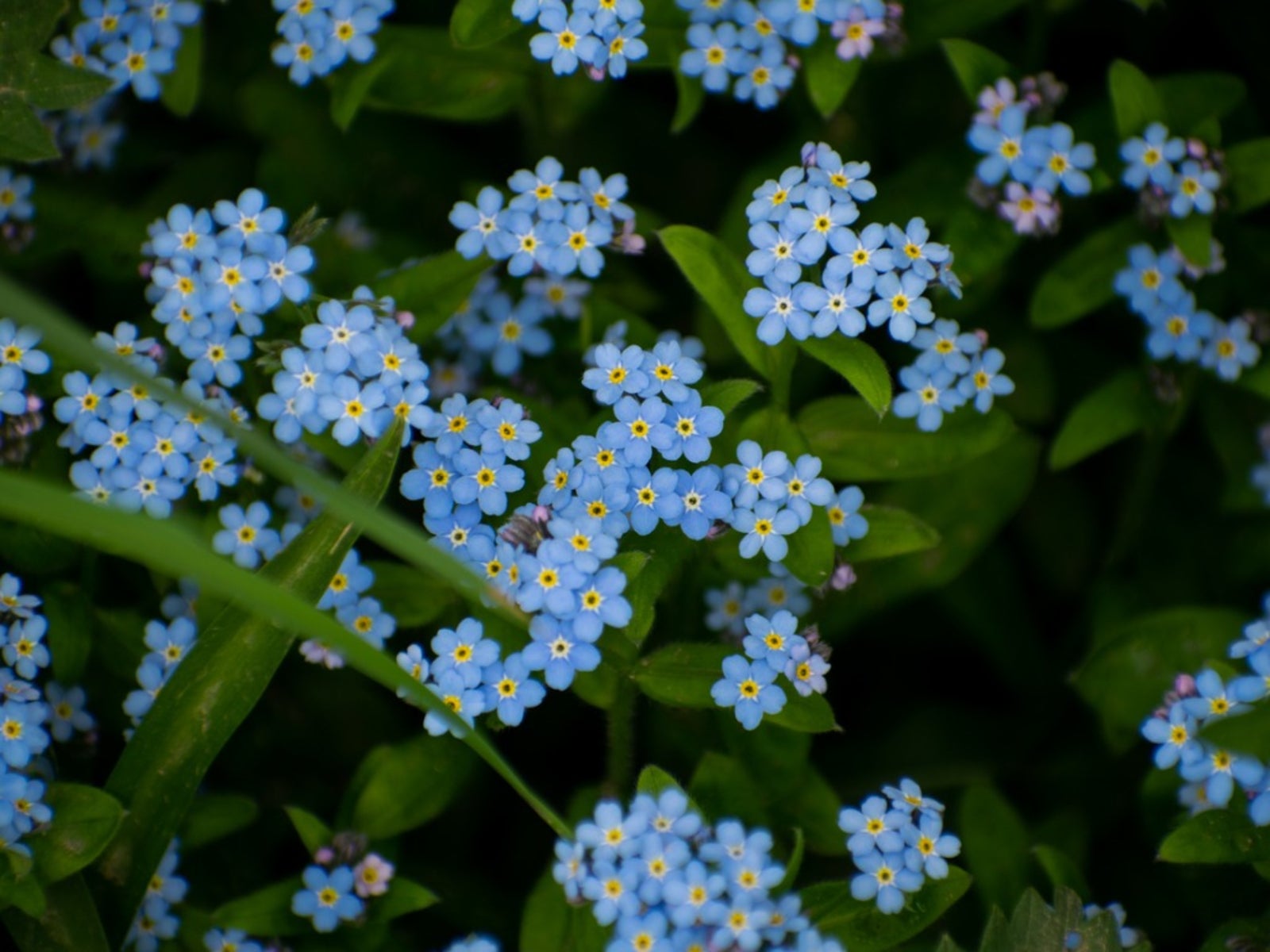

The forget-me-not is a popular and pretty late spring to early summer bloomer beloved by gardeners. The flowers don’t last long, though, so you need to know what forget-me-not companions will grow well with them and provide continuous blooms as well as varied color and height.
Growing Forget-Me-Nots
These petite blue flowers are gardener favorites for several reasons: they are easy to grow, are low maintenance, can tolerate shade, and most of all they provide pretty flowers. Plant them once and they will self-seed and spread easily without getting weedy.
Grow these in shady areas or in full sun. Forget-me-not plants will tolerate either setting. Once growing, you can leave them alone.
There is little you need to do to help them thrive, but you can choose some excellent companion plants to grow with forget-me-not flowers to add more interest to the garden.
Companion Plants for Forget-Me-Nots
Native to the U.S., forget-me-nots are easy to grow here. This is a pretty wildflower that will do its own thing. To maximize the look of your flower garden, pick some of these flowers to go with them:
Spring bulbs. Plant your forget-me-nots amongst the daffodil and tulip bulbs that bloom in early spring. You’ll get the bulbs first, then the forget-me-nots, with a little overlap that adds great visual interest to a bed.
Roses. Roses have all of their beauty up at the top, with the blooms. Most gardeners prefer to cover up their thorny legs and forget-me-not plants make a great choice for the job, as they will grow up to about 2 feet (61 cm.) tall.
Gardening tips, videos, info and more delivered right to your inbox!
Sign up for the Gardening Know How newsletter today and receive a free copy of our e-book "How to Grow Delicious Tomatoes".
Shade foliage. When planting next to forget-me-nots, don’t forget the greenery. For your shady areas, you can combine forget-me-nots with ferns, hostas, or the various foliage colors of heuchera.
Rock cress. Another pretty and prolific bloomer, rock cress creeps and drapes over ledges, but also spreads out to form a low mat of color in late spring and summer. With forget-me-nots behind it, you will have two layers of pretty colors.
The plants that grow with forget-me-nots are nearly unlimited. If they look nice together, grow in similar conditions, and you like them, go for it.

Mary Ellen Ellis has been gardening for over 20 years. With degrees in Chemistry and Biology, Mary Ellen's specialties are flowers, native plants, and herbs.
-
 Looking For Plants To Give You The Soft And Fuzzies? Try These 5 Fuzzy Leaf Plant Options
Looking For Plants To Give You The Soft And Fuzzies? Try These 5 Fuzzy Leaf Plant OptionsLovers of texture, drama, silver foliage and tactile plants will adore these special sensory garden additions. These fuzzy leaf plant options will leave you all aglow
By Susan Albert
-
 Get Ready For A Summer Of Hummers! Grow These Full Sun Hummingbird Plants and Flowers
Get Ready For A Summer Of Hummers! Grow These Full Sun Hummingbird Plants and FlowersIf you’re lucky enough to enjoy a sunny backyard, make sure you are maxing out on your pollinator opportunities and grow these full sun hummingbird plants and flowers
By Tonya Barnett
-
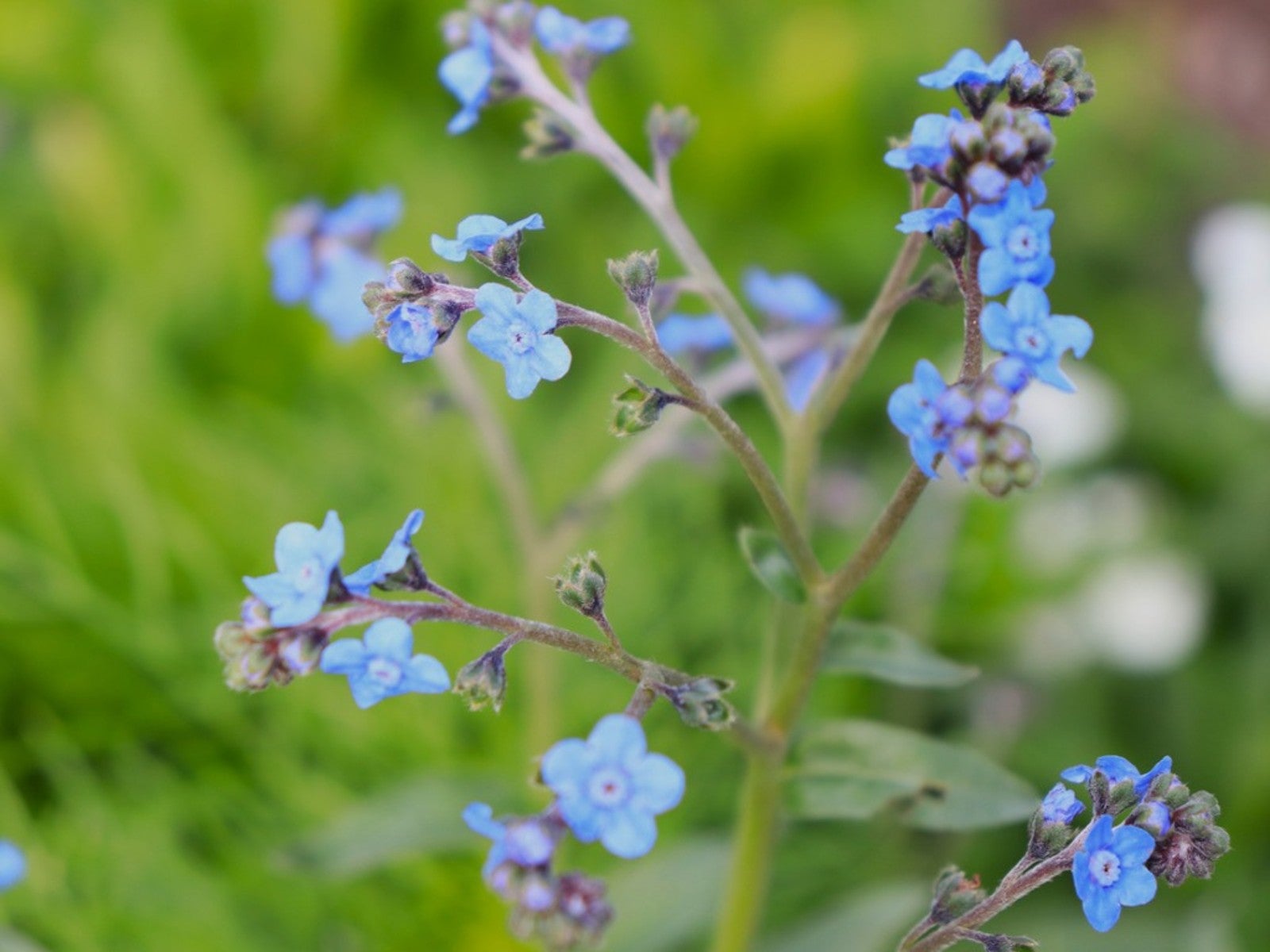 Chinese Forget-Me-Not Care And Characteristics
Chinese Forget-Me-Not Care And CharacteristicsChinese forget-me-nots make beautiful accents in the garden, but they can be invasive. Learn more about this pretty little plant.
By Mary Ellen Ellis
-
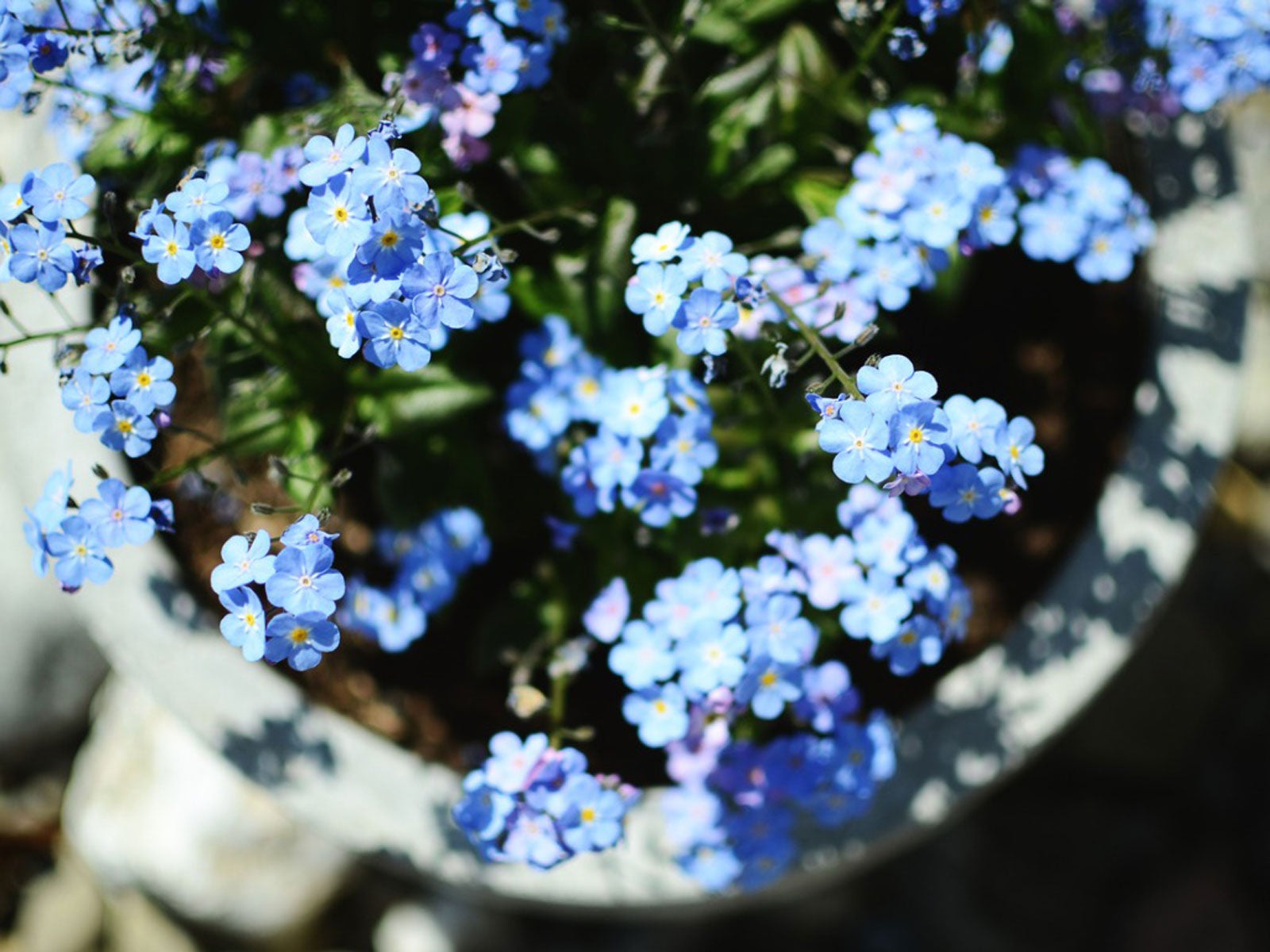 Forget-Me-Nots As A Houseplant – Growing Forget-Me-Nots Inside
Forget-Me-Nots As A Houseplant – Growing Forget-Me-Nots InsideIt is definitely possible to grow forget-me-nots as a houseplant, either during the winter or year round. Click this article to learn how.
By Mary H. Dyer
-
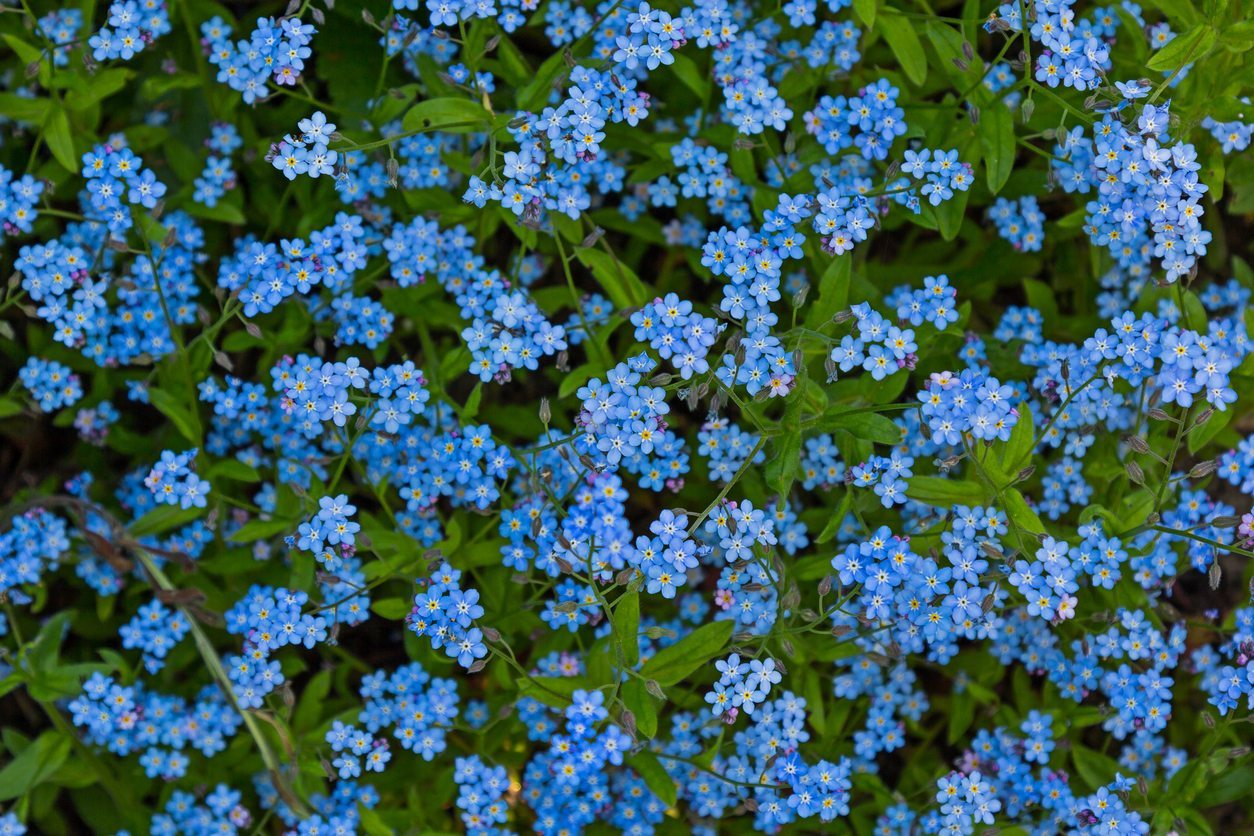 My Forget-Me-Nots Won’t Bloom: How To Fix A Forget-Me-Not With No Flowers
My Forget-Me-Nots Won’t Bloom: How To Fix A Forget-Me-Not With No FlowersForget-me-nots are iconic flowers in the garden and easy enough for even the beginning gardener to see a lot of success in a short time. Unfortunately, they can also be fussy if they're too far out of their comfort zone and may refuse to flower. Click here to learn more.
By Kristi Waterworth
-
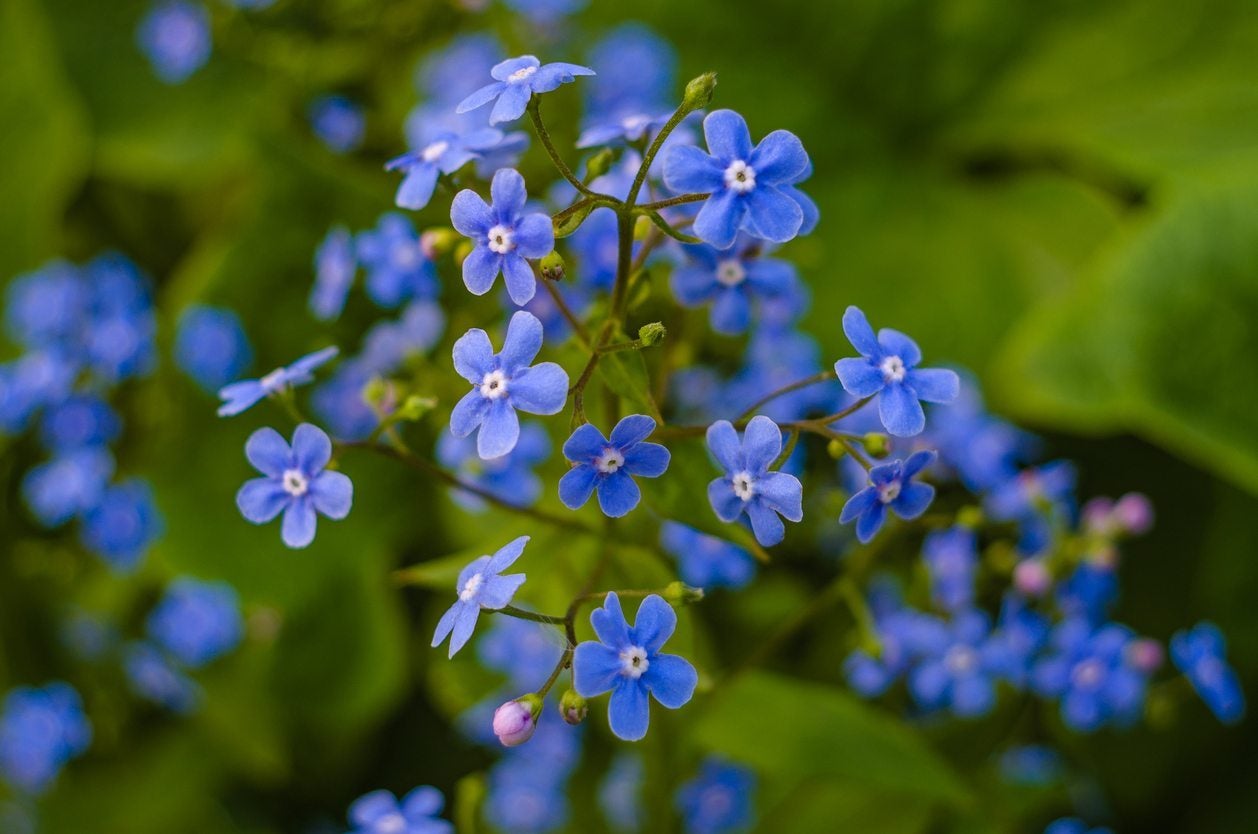 Forget-Me-Not Troubles: Problems With Forget-Me-Nots In Gardens
Forget-Me-Not Troubles: Problems With Forget-Me-Nots In GardensGrowing forget-me-nots can be a walk in the park if you know what signs of danger to be on the lookout for. Even though these plants have few problems, there's always a risk of fungal disease or insect pests, so use this article for help with common forget-me-not problems.
By Kristi Waterworth
-
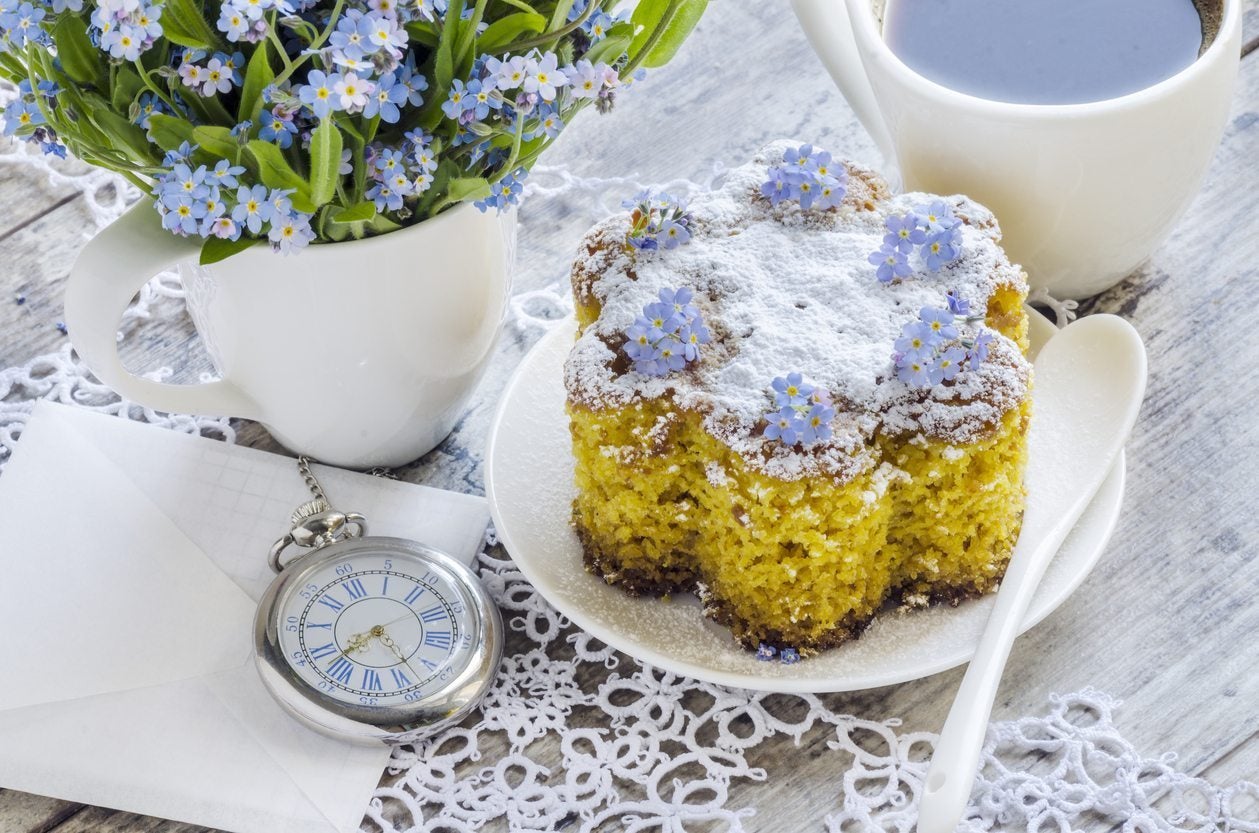 Are Forget-Me-Nots Edible: Tips For Eating Forget-Me-Not Flowers
Are Forget-Me-Nots Edible: Tips For Eating Forget-Me-Not FlowersDo you have forget-me-nots in your landscape? Have you ever wondered "Can I eat forget-me-nots?". After all, there are sometimes hundreds of the plants, or at least there are in my yard. Click this article to find out if forget-me-nots are edible.
By Amy Grant
-
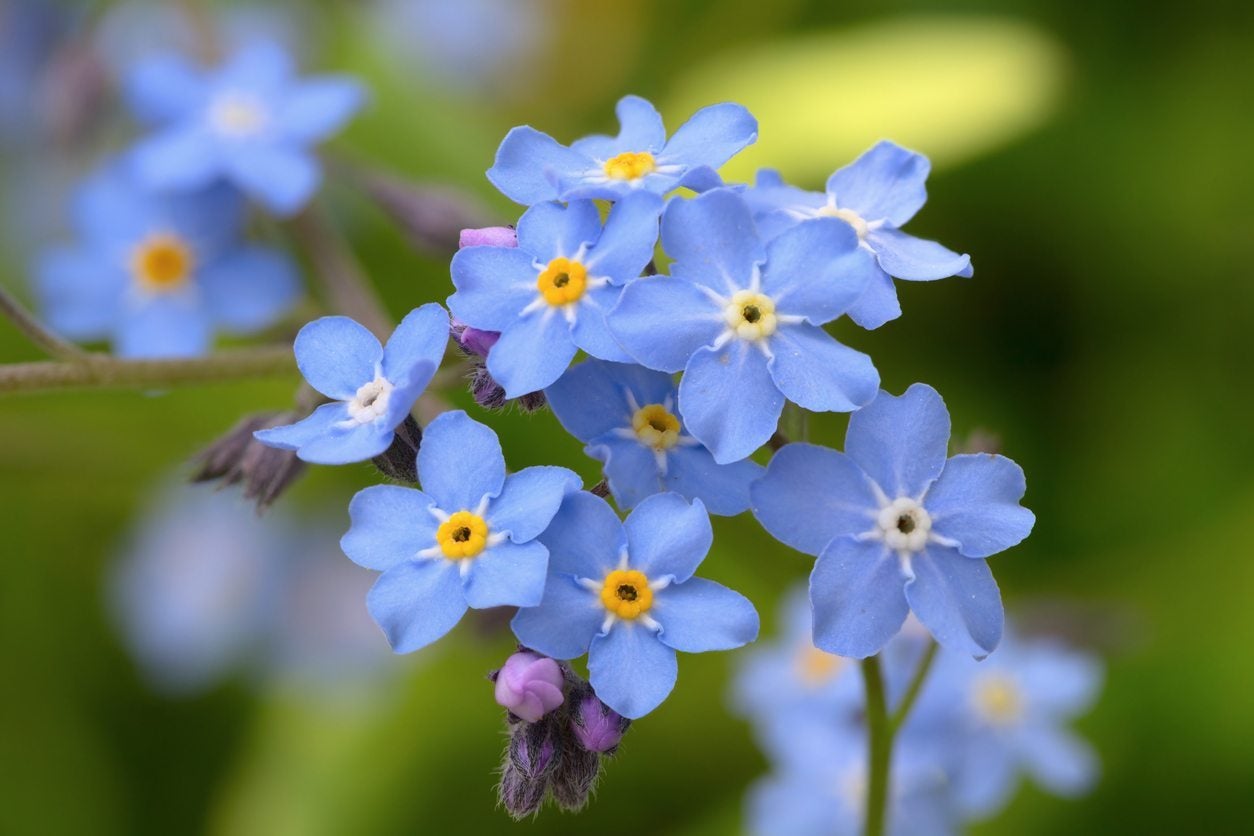 Dividing Forget-Me-Nots: Should Forget-Me-Nots Be Divided
Dividing Forget-Me-Nots: Should Forget-Me-Nots Be DividedShould forget-me-nots be divided? This really depends upon what variety you are growing. If your plant comes up every year in the same spot, it is likely a perennial; but if the plant seems to migrate and multiply in other areas, it is the self-seeding annual. Learn more here.
By Bonnie L. Grant
-
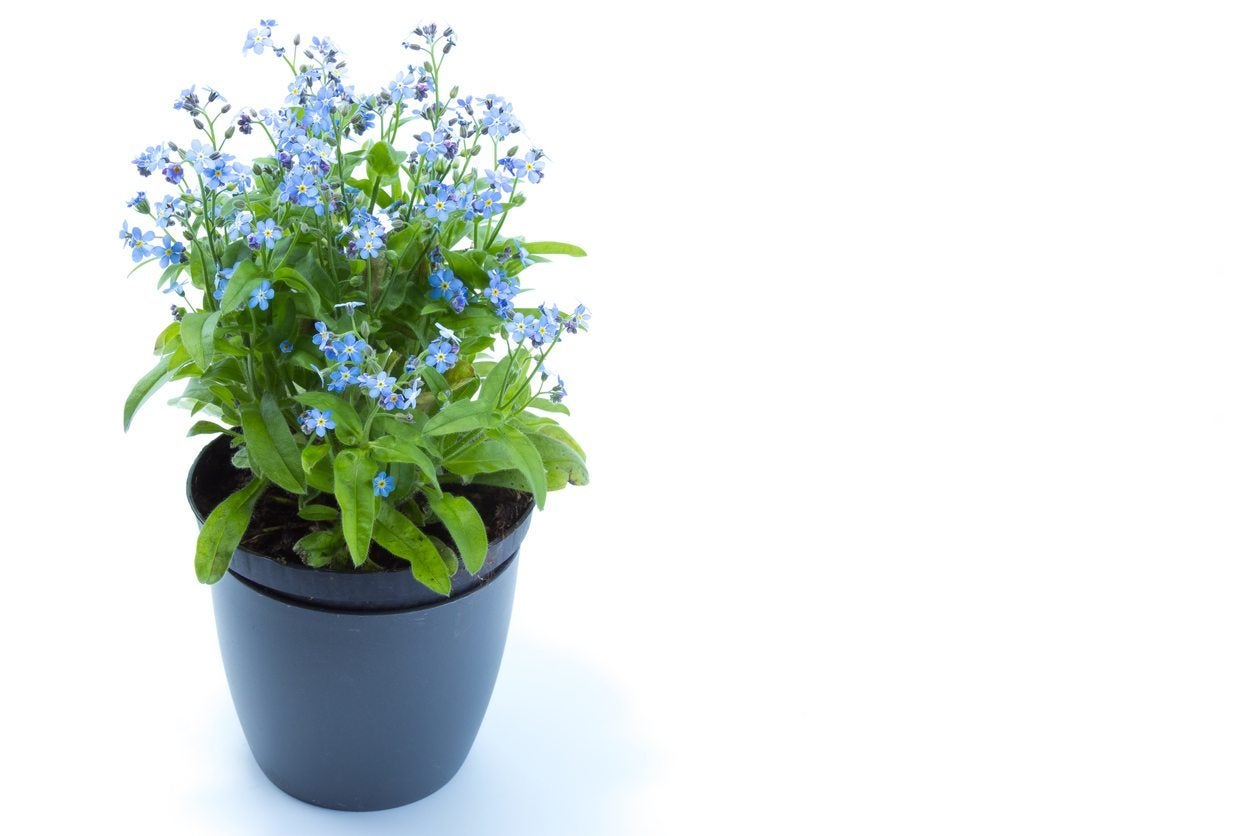 Potted Forget-Me-Not Care: Growing Forget-Me-Not Plants In Containers
Potted Forget-Me-Not Care: Growing Forget-Me-Not Plants In ContainersGrowing forget-me-not in a pot is not the typical use for this pretty little perennial, but it is an option that adds some visual interest to your container garden. Use containers if you have limited space or if you want to grow the plant indoors. Learn more here.
By Mary Ellen Ellis
-
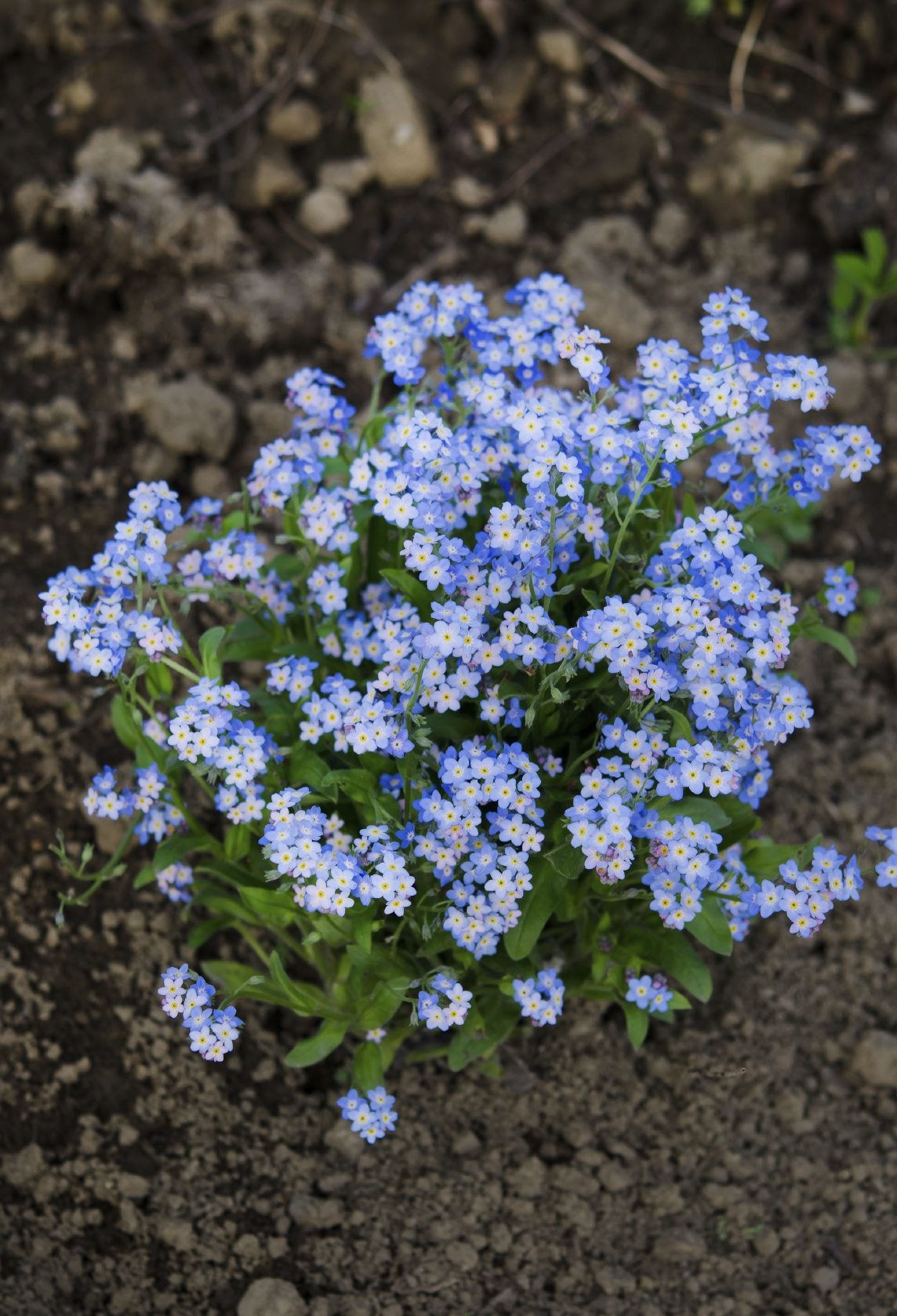 Forget-Me-Not Seed Planting: Best Time To Plant Forget-Me-Not Seeds
Forget-Me-Not Seed Planting: Best Time To Plant Forget-Me-Not SeedsPlanting forget-me-nots from seeds is rarely necessary because they are rampant self-seeders. If you want to introduce the plants to new territory, know when to plant forget-me-nots to ensure success with these easy little plants. This article will help.
By Bonnie L. Grant